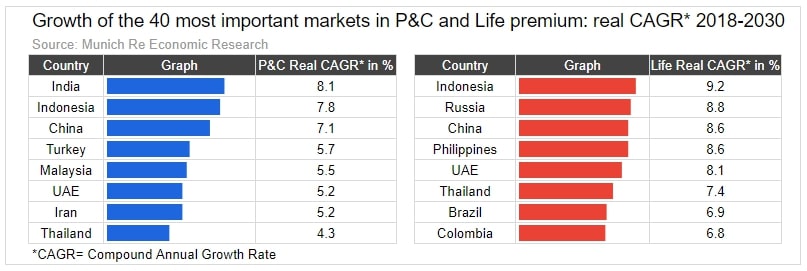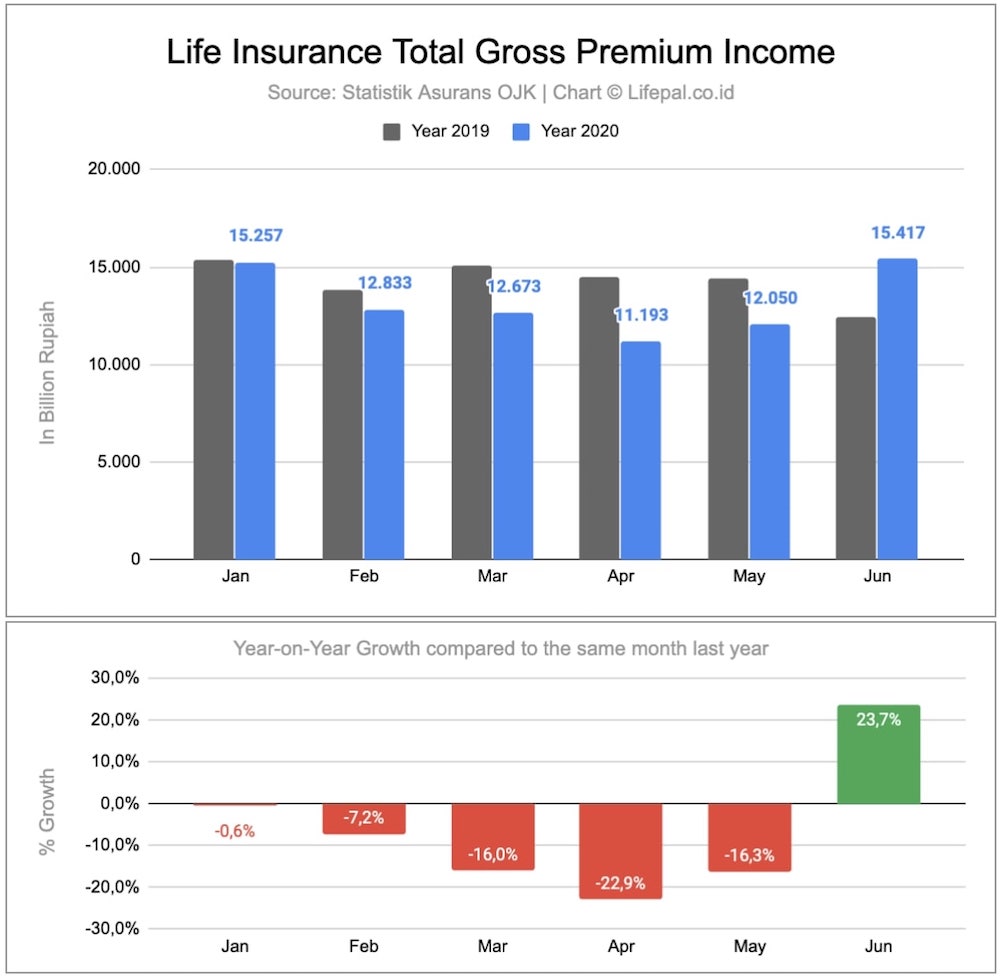BEFORE YOU ENTER INTO A BUSINESS PARTNERSHIP - What’s the best tip on how to deal with a bad business partner? Don’t go into business with them in the first place. Going into business with someone should not be a decision you make lightly. Just because you’re friends or you’ve done business with a person in the past does not mean they’ll make a good partner in business. Remember, this is one of the biggest decisions you’ll ever make and it will pay off in the end to perform your due diligence and ensure you’re choosing the right partner.
SIGNS OF A BAD BUSINESS PARTNER - Bad business partners come in all shapes and sizes, from complainers to reluctant communicators to outright liars. While it’s sometimes obvious that you have chosen a bad business partner, most of the time the signs are subtle and progressive. If you simply have different values but there are no concrete problems, it can be harder to recognize that you’re in a bad business relationship. Here are some of the most common signs of a bad business partner.
THEY’RE NOT SOLUTION-ORIENTED - If your business partner seems to always have a problem but never a solution, that’s a bad sign. Everyone needs to vent from time to time – that’s a part of being human. But if that’s all your partner does, you may want to toss them a hint about the power of positive thinking. It is possible for them to change their mindset, if they are willing.
THEY HAVE FINANCIAL “SKELETONS IN THE CLOSET" - We’ve all made some questionable financial decisions, and we’re not saying that anyone who has done this will be a bad business partner. But a long, poor credit history, previous bankrupties or being banned from running a business are big red flags. Also, be aware of other projects they have their hands in currently – even successful ones will give you an idea of the type of business partner they will be. Your business partner should openly disclose any past business failures or successes to you. If you unearth something they’ve been hiding, this could be an indication that you’ve chosen a bad business partner. Experiencing setbacks is quite common for entrepreneurs and they can even be positive tools if the person can learn how to turn those set backs into success. However, if your partner is hiding or lying about these setbacks, it’s one of the signs of a bad business partner.
YOU HAVE DIFFERENT VALUES - You don’t need to have the exact same values to have a good business partnership. In fact, different values and perspectives can be a good “yin and yang” to a partnership as long as communication is open and you understand which communication style your partner has. In fact, sometimes differences in your partner can be your greatest asset and is no way an indication of a bad business partner. But there are two areas you should agree on: finances and the type of work you accept. If you find yourself fighting over things like expenses and bonuses, or if one person wants to accept a lot of pro-bono work while the other is totally focused on money, that can spell doom for your partnership. Shared vision is important, as is agreeing on how to achieve that vision. If you’re too far apart on these issues and neither of you is willing to budge, it’s probably time to look at options to go your separate ways.
THEY WON’T SIGN A PARTNERSHIP AGREEMENT - Partnership agreements, as mentioned below, provide a roadmap for a partnership and are useful whether you are dealing with a good or bad business partner. It maps out partners’ roles as the company grows and what happens when it becomes successful; it also maps out an exit xtrategy. should the partnership go sour, helping you to answer the question of how to get rid of a bad business partner. If your partner won’t sign an agreement, it could be an indication that they have something to hide or that they’re already thinking of ways to get out of the business. Neither of these is good news for the future of your company and you should take it as one of the signs of a bad business partner. If your partner won’t sign an agreement, look elsewhere for a different partner.
THEY DON’T COMMUNICATE - Lying and mood swings are obvious signs of a bad business partner. But even things like taking a long time to respond to emails or phone calls, not answering questions directly or giving incomplete answers are all signs that your partner isn’t a good communicator, which could mean trouble for your business. If your business partner can’t communicate with you, it’s very likely they will also have other corporate communication issues. This could involve poor communication with clients, vendors or the community and could hurt your company reputation.
YOUR SKILLS ARE UNEQUAL - If your partner has a different skill set than you, it certainly doesn’t mean you have found a bad business partner. You don’t need to have the same skills – in fact, you shouldn’t have the same skills – but you must have about equal experience and skills that complement one another. Tenacity and working hard are great qualities, but they won’t be enough if your partner’s skills don’t complement yours. One person might do finance, and the other marketing. One person might be a “creative type” and the other an operations wizard. All of these can create a unique synergy that helps your business thrive and become talkably different. Just beware that one person isn’t putting in a lot more work than the other or that one partner’s skills aren’t carrying the business and landing the majority of the clients. This can breed resentment and can also mean that both partners aren’t putting in the same effort.
YOU’RE DOING ALL THE WORK - If your skills are balanced but your work ethic isn’t, that’s also a problem. Your business partner doesn’t have to be a workaholic, but if you’re putting in 15-hour days while they sit on the beach in Cancun, that could spell trouble. Or maybe your partner seems to work just as hard as you – but you’re still picking up the slack. Being busy isn’t the same as being productive and if you’re experiencing trouble in this area, it’s time to have a talk. If your partner can’t seem to increase their productivity, t might be time to say goodbye.
HOW A BAD BUSINESS PARTNER HURTS YOUR COMPANY - As an entrepreneur, your reputation is everything. When you have a bad business partner, your reputation will suffer. Depending on what the issues are, a bad partnership could lead to loss of clients, a toxic work environment and an inability to find ways to increase profits. If your partner is unethical or engaging in fraudulent behavior, it could even mean fines or legal action against your company. No matter what the extent of the problem is, if you’re not working well with your business partner, it will negatively affect the success of your company. If you’re unable to find effective ways for how to deal with a bad business partner and fix the situation, it’s time to find ways to get out.
HOW TO GET RID OF A BAD BUSINESS PARTNER - Getting rid of a bad business partner can be a frustrating and time-consuming process. If you’ve thought ahead, you’d have an exit agreement laid out at the beginning of the partnership. This is like a pre-nup for businesses and specifies how either party can get out of the partnership. If you don’t have an exit agreement, getting rid of a bad business partner is more difficult – but it’s still doable. No matter what method you choose, consult with an experienced business lawyer before you take any action. Here are some ideas on how to get rid of a bad business partner.
BUY THEM OUT - If you’re making good money, buying out your bad business partner can be the best route. Your partner may walk away with a big chunk of change, but in the long run, it will be best for the business. If you didn’t have a buyout plan in your initial partnership agreement, negotiations may be tricky and require a lawyer. And if your partner doesn’t want to sell, you can propose that they buy you out. Your only other option is to file a lawsuit, which is a long and expensive process with an uncertain outcome. If you really want to part ways with a bad business partner, you may have to be the one to walk away.
COME UP WITH A ROYALTY AGREEMENT - Royalty deals are a great option for companies that have created a product. They’re sometimes written into the partnership agreement as an exit strategy for partners who provide the “creative genius” behind a product but aren’t interested in the day-to-day operations. If your partner helped to create a product, but now seems to have checked out or isn’t interested in running the business, royalty deals are typically a win-win situation.
DISSOLVE THE PARTNERSHIP - Are you early in the start-up process? If so, how to get rid of a bad business partner could be as simple as just walking away. If you haven’t started making money and don’t have a brand following or any products on the market, it’s easier to cut your losses now. This is also an option if you are in a very stressful position with a bad business partner and can’t find any other options. If your partner is going to run the business into the ground, you might as well get out while you can. Starting a business involves some level of risk, so you can consider it a lesson learned and use it to make smarter decisions in your new venture.
The signs of a bad business partner aren’t always obvious, but remember to listen to your gut – and use your head, not your heart. You may like your business partner as a person and even as a friend, but in the end, the goal of any business is to make money.
















